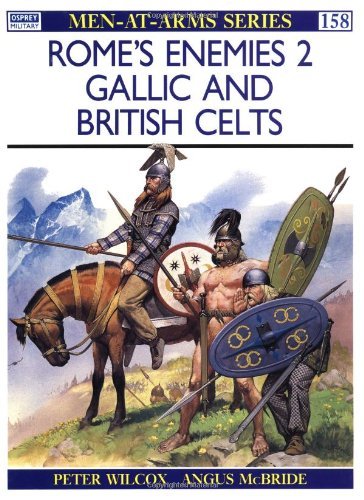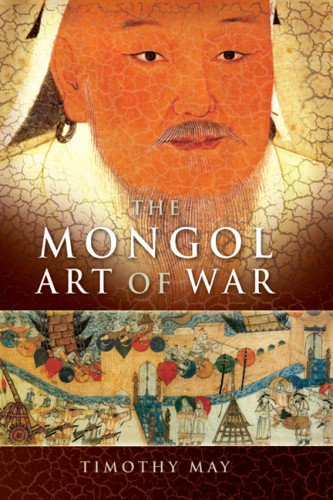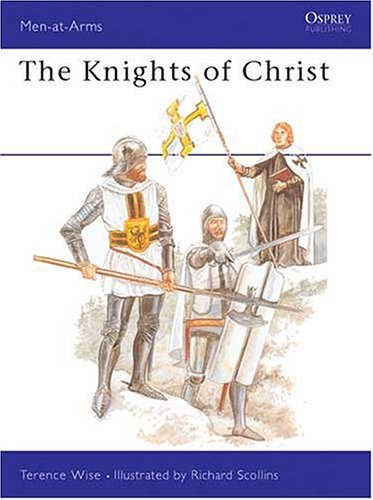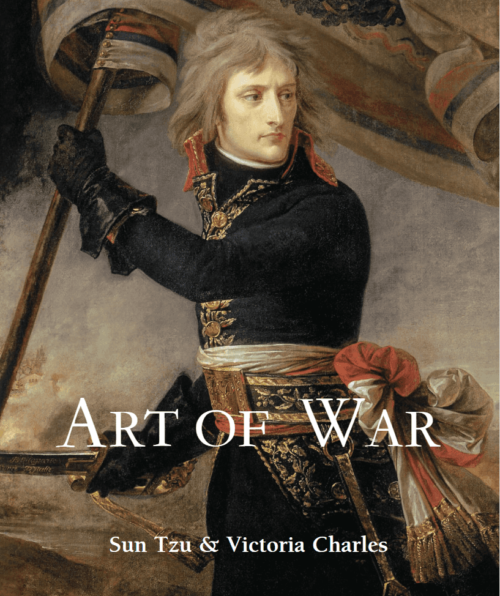“Rome’s Enemies (2): Gallic and British Celts” by Peter Wilcox & Angus McBride
The Untold Saga of the Celts Who Defied Rome and Shaped Europe
Overview
Authored by historian Peter Wilcox and illustrated by military artist Angus McBride, this volume from Osprey’s Men-at-Arms series (No. 158) chronicles the Gallic and British Celtic tribes—Rome’s most tenacious adversaries. Blending archaeological discoveries, Roman chronicles, and vivid artwork, the book dismantles stereotypes of “primitive barbarians,” revealing the Celts as sophisticated warriors and innovators whose clashes with Rome reshaped ancient Europe. Rated 4.0/5.0, it serves as a visual and scholarly gateway into the world of La Tène culture, tribal warfare, and the legacy of Celtic resistance.
Key Features
- Gallic Warriors: From Raids to Empire-Shaking Battles
- 390 BCE Sack of Rome: Led by Brennus, Gallic forces annihilated a Roman army of 15,000 and burned Rome, demanding gold with the infamous cry “Vae victis!” (“Woe to the defeated!”).
- La Tène Culture: Celtic craftsmanship shone in weapons like La Tène-style swords (55–70 cm blades forged from welded steel) and shields adorned with floral motifs (e.g., Pietra Rosie finds). Chieftains wore bronze helmets with “montefortino” crests and gold torcs, while foot soldiers wielded framea spears and falx-like daggers.
- Tactical Evolution: The Gaesatae (Alpine mercenaries) fought naked at Telamon (225 BCE) to invoke divine favor, wielding massive thrusting spears and hybridized Celtic-Roman swords.
- British Celts: Chariots and Guerrilla Warfare
- Chariot Warfare: British chariots, unlike Egyptian models, were robust and agile. Warriors like the Belgae noble (D2 figure) used them to skirmish with cavalry, dismounting to fight infantry. Charioteers wore woad-blue body paint in intricate La Tène patterns.
- Fortified Strongholds: Hillforts like Maiden Castle showcased advanced engineering, with layered earthworks and palisades resisting Roman sieges.
- Cultural Synthesis & Roman Adaptation
- Artistic Mastery: Celtic textiles featured complex plaids and dyes (e.g., indigo from Isalis tinctalia), while metalwork included gold torcs and bronze carnyx war horns (reconstructed from Scottish and Danish finds).
- Roman Borrowing: Celtic chainmail (e.g., Ciumesti Maramures armor) inspired Roman lorica hamata, and the carnyx’s psychological terror was later mimicked by legionary trumpets.
Translation with Contextual Additions
(Original Text Translated and Enhanced for Global Audiences)
Title: Rome’s Enemies (2): Gallic and British Celts
Authors: Peter Wilcox (text), Angus McBride (illustrations)
Format: Paperback
Rating: 4.0/5.0 (0 reviews)
Full Description:
This book redefines the Celts as more than “naked savages,” showcasing their military ingenuity and cultural complexity. Wilcox analyzes pivotal conflicts like the Battle of Telamon, where Gaesatae warriors fought bare-skinned but helmeted, while McBride’s artwork reconstructs a 1st-century BCE British charioteer (D1 figure) with woad tattoos and a Belgic nobleman wielding a hybrid Celtic-Roman sword.
Key Enhancements for Clarity:
- Geopolitical Context: Explains how the Gallic Wars (58–50 BCE) under Caesar accelerated Rome’s imperial ambitions while erasing Celtic autonomy.
- Ethical Debates: Challenges Roman accounts of Celtic “barbarity” by highlighting their legal systems (e.g., druidic arbitration) and urban planning (e.g., oppida fortified cities).
- Legacy: Traces Celtic influence on medieval heraldry (e.g., shield motifs) and modern nationalism (e.g., Irish and Scottish identity).
Why Western Readers Should Care:
- Complements Osprey’s Barbarians series but emphasizes Celtic contributions to European metallurgy, art, and governance.
- Bridges academic studies (e.g., Barry Cunliffe’s The Ancient Celts) with visual storytelling, ideal for understanding Rome’s multicultural empire.
Visual & Academic Enhancements
- McBride’s Artistry: 8 full-page plates depict warriors like a La Tène chieftain (A1 figure) in a bronze helmet with “bossed” decorations and a 3rd-century BCE Gaesatae mercenary (B1 figure) wielding a carnyx.
- Archaeological Fidelity: Drawings reference the Ciumesti Maramures helmet (with a flapping bronze bird) and the Gundestrup Cauldron’s Celtic deities, ensuring historical accuracy.







评价
目前还没有评价